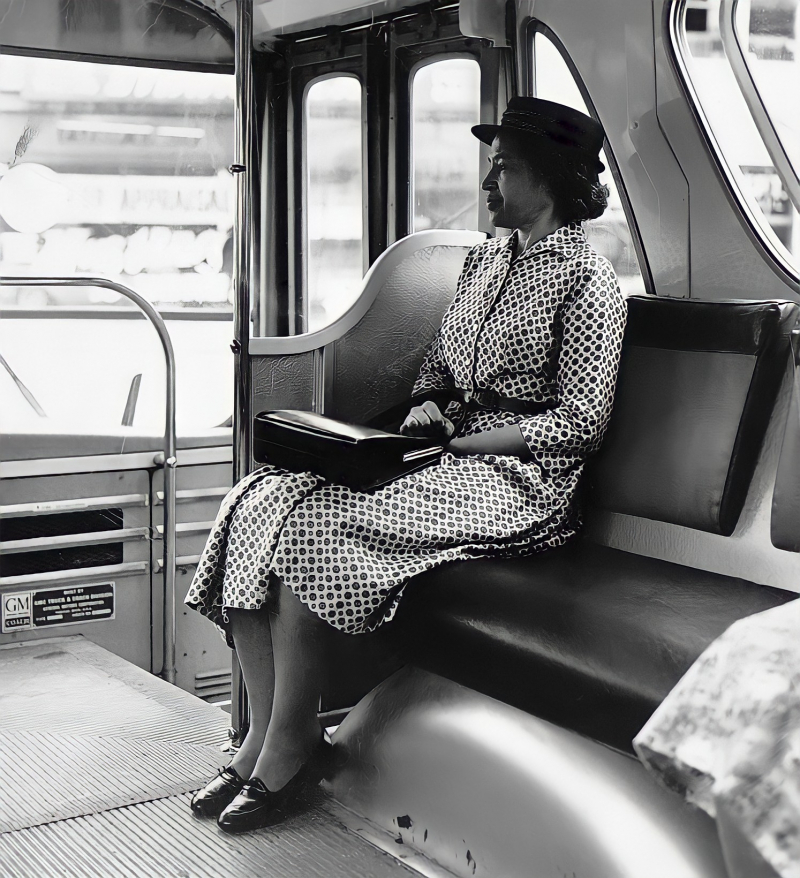Become an international symbol of fighting apartheid
Montgomery established a city law in 1900 that required bus passengers to be separated based on race. The rear rows were usually allotted to the blacks. Rosa Parks boarded a bus on December 1, 1955, and sat in an unoccupied seat in the first row of rear seats reserved for blacks. The bus quickly became overcrowded, and as several white passengers stood, the driver, James F. Blake, ordered blacks to vacate their seats to make room for the white passengers. Three black men agreed, but Rosa Parks did not. Parks was arrested and charged with violating segregation laws after police were called. Parks, contrary to popular belief, was not physically exhausted and was able to leave her seat. She refused to give up her seat because of her race, as was required under Montgomery law at the time.
Four days after the event, African Americans in Montgomery boycotted the city's bus service in a protest movement against the city's racial segregation policy in the public transportation system. The Montgomery bus boycott is widely considered as the first large-scale anti-segregation demonstration in the United States. She has become an international symbol of fighting apartheid. It is one of the major accomplishments of Rosa Parks.












